Unlock the Secrets of Compostable Food: A Guide to Sustainable Living
Every year, I find myself reflecting on the mountains of food waste that end up in landfills, knowing they contribute to greenhouse gases and harm our planet. But there’s hope in compostable food—a solution that transforms waste into a resource, enriching our soil and supporting a healthier Earth. I’ve learned that compostable food isn’t just a trend; it’s a key to sustainable living. By understanding what makes food compostable, we can make choices that benefit our homes and the environment. Let’s explore how small changes can lead to big impacts, together.
What is Compostable Food?
Definition and Characteristics
Compostable food includes organic waste that naturally transforms into nutrient-rich compost, a wonderful soil conditioner. This transformation supports soil health and encourages plant growth. Unlike other waste, compostable items are crafted to break down swiftly and completely, leaving no harmful residues behind. To ensure they are safe for the environment, compostable food products must meet certain standards, like the ASTM Standard D6400. These guidelines ensure that decomposition happens within 180 days, resulting in a product that’s non-toxic to our planet.
Common Compostable Food Items
In our daily lives, we encounter many items that fit the compostable category. Think of fruit and vegetable scraps, coffee grounds, tea leaves, and eggshells. Even bread can find its place in the compost pile. Non-glossy paper products, such as shredded paper or paper tea bags without staples, are also excellent additions. However, it’s best to avoid composting animal products like meat, fish, eggs, bones, and dairy at home. These can attract pests and create unpleasant odors, making them less ideal for backyard composting.
Why Composting Food Waste Matters
Composting food waste is more than just a trend—it’s a vital practice for a healthier planet. By understanding its profound impact, we can all take meaningful steps towards sustainability.
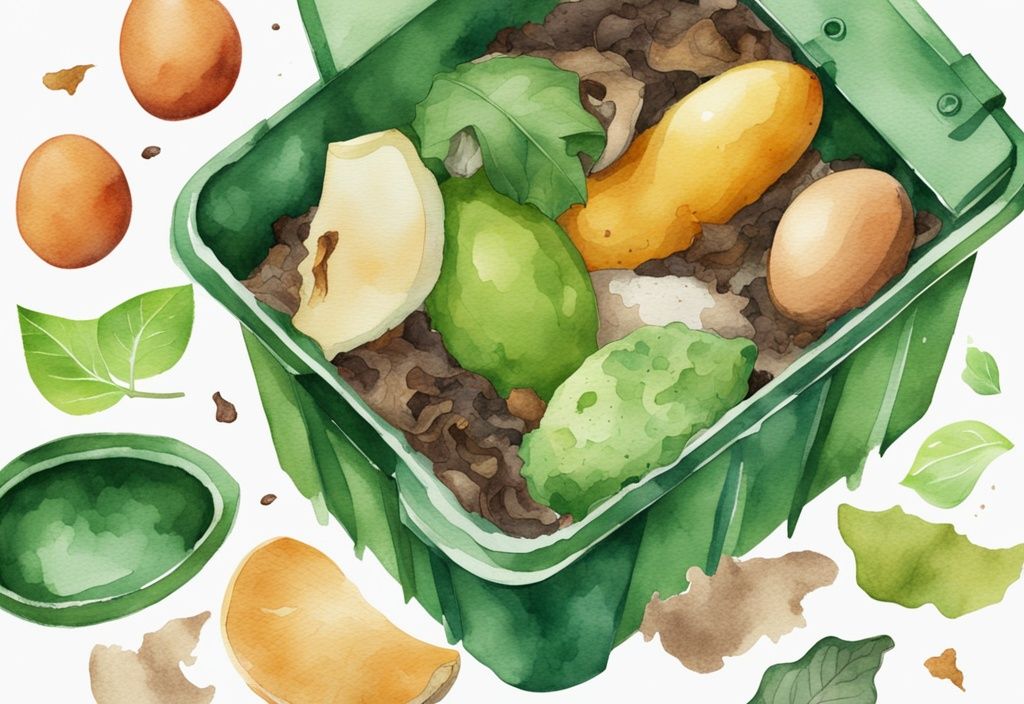
Environmental Impact
When I first learned about the environmental impact of composting, it was like a light bulb went off. Composting food waste is a powerful way to reduce the waste stream and tackle the methane emissions problem from landfills. You see, when organic waste sits in landfills, it produces methane, a greenhouse gas more potent than carbon dioxide. By choosing to compost, we’re actively cutting down these emissions.
Moreover, compostable food products break down completely into natural elements, unlike some biodegradable materials that can leave behind microplastics. This complete decomposition process means the end product is non-toxic and beneficial, making compostable options a clear winner for the environment.
Soil Health and Fertility
I remember the first time I used my homemade compost in my garden. The transformation was incredible. Composting enriches soil health and fertility by turning organic waste into nutrient-rich compost. This natural fertilizer replenishes essential nutrients, promoting strong plant growth.
Healthy soil retains water better, reducing erosion and the need for synthetic fertilizers. By relying less on chemicals, we support sustainable farming and a thriving ecosystem. Plus, the decomposition process encourages beneficial microorganisms in the soil, boosting its fertility and health.
Reduction in Landfill Waste
Composting also plays a crucial role in reducing landfill waste. By recycling organic waste into compost, we ease the burden on landfill sites and address environmental issues like leachate and methane emissions. This practice is part of a broader strategy to transform waste into resources, contributing to a circular economy.
When we embrace composting, we minimize waste and make the most of our resources. It’s a step towards a more sustainable future, where everyone can play a part in creating a healthier planet.
How to Compost Food Waste at Home
Composting food waste at home is a rewarding journey that not only reduces landfill contributions but also enriches your garden soil. Whether you’re a seasoned gardener or a curious beginner, there are several techniques to explore, each with its own charm and benefits. Let’s delve into some popular home composting methods that can transform your kitchen scraps into valuable compost.
Home Composting Techniques
Cold Composting
Cold composting is like nature’s slow dance, a gentle and low-maintenance method to convert compostable food waste into nutrient-rich soil. Imagine simply piling up your fruit and vegetable scraps and letting them decompose at their own pace. This method requires minimal effort—perfect for those who prefer a laid-back approach. It’s a wonderful way to recycle organic materials without much intervention, allowing the natural process to unfold over time.
Hot Composting
For those who enjoy a bit of activity, hot composting is an invigorating option. This method speeds up decomposition by maintaining higher temperatures within the compost pile. Regular turning is essential to keep the pile aerated and moist, ensuring the high temperatures necessary for quick breakdown. With a little more effort, you can turn your compostable food waste into usable compost in just weeks, rather than months. It’s a satisfying process for those who love seeing rapid results.
Vermicomposting
Vermicomposting is a fascinating technique that employs worms, specifically red wigglers, to break down organic waste efficiently. This method is ideal for small spaces and can be done indoors or outdoors. The worms consume the compostable food waste and produce nutrient-rich castings. Vermicomposting offers a hands-on and educational experience, transforming waste into high-quality compost while providing a close-up view of nature’s recyclers at work.
Trench Composting
Trench composting is simplicity at its best. This method involves burying compostable food waste directly in the soil, requiring minimal equipment and effort. By digging a trench, placing your organic waste inside, and covering it with soil, you allow it to decompose naturally. This technique enriches the soil right where it’s needed, enhancing plant growth and soil structure without the need for a separate composting area. It’s an accessible option for gardeners and homeowners looking to nourish their gardens with minimal fuss.
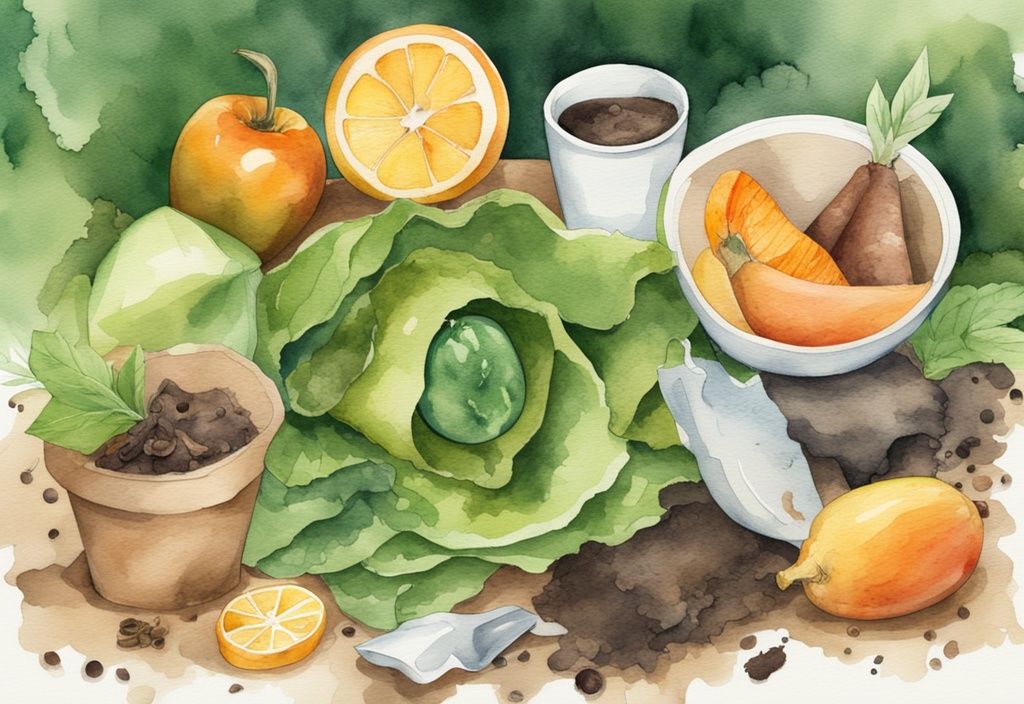
Compostable vs. Biodegradable: What’s the Difference?
Definitions and Key Differences
Compostable materials are like nature’s gift to our gardens. They break down into nutrient-rich soil, usually within a specific timeframe and under controlled conditions. This means they don’t leave any toxic residue behind, making them a sustainable choice for enriching soil and supporting plant growth. On the other hand, biodegradable materials also decompose naturally, but the timeline is often a mystery. Sometimes, they leave behind microplastic waste, which can be harmful to the environment. Understanding these differences is crucial for making informed decisions about waste management and its impact on our planet.
Environmental Implications
Compostable products shine in their ability to fully decompose into natural elements, significantly reducing their environmental impact. This complete breakdown ensures no harmful residues linger in the soil, promoting a healthier ecosystem. If you’re looking to minimize your ecological footprint, prioritize compostable items. It’s important to verify their authenticity by checking for certifications like ASTM Standard D6400. These certifications guarantee that the products meet strict criteria for compostability, ensuring they truly benefit the environment.
Guidelines for Successful Composting
What to Include and Avoid
Embarking on the composting journey is like nurturing a little patch of earth right in your backyard. It’s a process that transforms kitchen scraps into a garden’s gold, but knowing what to toss in is key. I’ve found that fruit and vegetable scraps, coffee grounds, tea bags, eggshells, and non-glossy paper are composting champions. They break down beautifully, enriching the soil with nutrients.
However, some items can throw a wrench in the works. Glossy paper, those pesky produce stickers, treated wood, pet waste, and cat litter can introduce toxins or slow down decomposition. By choosing your compost ingredients wisely, you create a thriving environment for your compost pile.
Maintaining the Right Balance
The secret to successful composting lies in balance. Think of it as a dance between carbon and nitrogen, where 25 to 30 parts carbon (browns) meet 1 part nitrogen (greens). Browns, like dried leaves and shredded paper, provide structure, while greens, such as vegetable scraps and grass clippings, fuel the process.
This balance is crucial for the microbes that do the heavy lifting. Regularly turning the pile adds air, preventing the unpleasant odors of anaerobic conditions. Keeping the pile moist, but not soggy, encourages microbial activity. With these conditions in place, your compost pile will hum along, producing rich, dark compost that benefits both your garden and the planet.
Composting and Sustainable Living
Composting is an essential practice in sustainable living, transforming organic waste into something valuable. This aligns perfectly with the principles of reducing waste and nurturing our planet. Through composting, we not only lessen the burden on landfills but also create nutrient-rich compost that revitalizes soil health. It’s a step towards a zero waste lifestyle, where waste is continuously recycled into beneficial products, supporting a circular economy.
Zero Waste Movement
Composting is at the heart of the zero waste movement, offering a practical solution for those of us committed to minimizing our environmental footprint. I remember the first time I started composting—it felt like a small but significant step towards a more sustainable life. By turning organic waste into valuable compost, we contribute to a healthier planet. This process reduces landfill waste and enriches soil, making our gardens flourish. Embracing composting is a tangible way to promote a circular economy, where waste is transformed into resources.
Commercial and Community Initiatives
Many businesses, from restaurants to supermarkets, are weaving composting into their sustainability plans. These efforts are part of a larger movement to manage food waste responsibly and lessen environmental impact. Community composting programs are also on the rise, offering local solutions for organic waste management. However, it’s important to note that composting regulations can vary by location. Adhering to these standards ensures effective and compliant practices, paving the way for a more sustainable future.
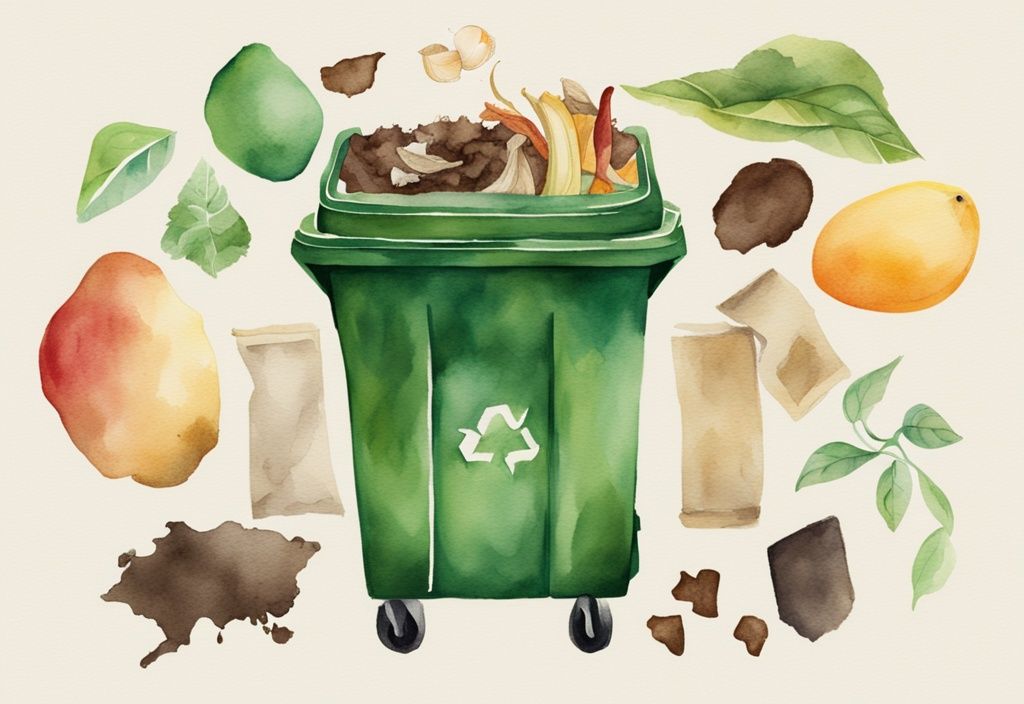
FAQ
Delving into the world of composting can feel like embarking on a journey toward a more sustainable lifestyle. Here, we explore some common questions that arise when considering what is compostable food and how to make the most of it.
What is the ideal carbon-to-nitrogen ratio for composting?
Finding the right balance is key. The ideal carbon-to-nitrogen ratio for composting is 25 to 30 parts carbon to 1 part nitrogen. This mix is like a secret recipe that ensures efficient decomposition. It helps to minimize odors and nurtures the production of nutrient-rich compost, which your garden will thank you for.
Can I compost cooked food at home?
Absolutely, you can compost cooked food at home. However, it’s best to add it in small amounts. This practice helps keep odors at bay and deters unwanted pests, making backyard composting a more pleasant experience.
How long does it take for compostable food to break down?
Patience is part of the process. Compostable food typically breaks down within 180 days under the right conditions. Ensuring proper temperature, moisture, and aeration can make all the difference in achieving timely decomposition.
Are all compostable products certified?
Not all compostable products carry certification. It’s wise to look for certifications like ASTM Standard D6400. These labels ensure that the product meets compostability standards and is safe for the environment, giving you peace of mind.
Conclusion
Embracing compostable food is a crucial step in reducing waste and nurturing a sustainable lifestyle. Compostable food, which includes organic waste that naturally breaks down into nutrient-rich soil, is key to cutting down on landfill contributions and boosting soil health. By weaving composting into our daily routines, we can significantly decrease waste production and lower methane emissions from landfills—a vital move in the fight against climate change.
Composting does more than just reduce waste; it enriches the soil, encouraging healthier plant growth without the need for synthetic fertilizers. This practice supports sustainable agriculture and gardening, contributing to a more balanced ecosystem. Understanding what is compostable food and how to use it effectively highlights its transformative power.
By adopting composting, communities can actively join the zero waste movement, aligning with larger environmental goals. This collective effort not only nurtures a healthier environment but also lays the groundwork for a sustainable future. Engaging in composting practices empowers us to make a real difference, ensuring a cleaner, greener planet for generations to come.
Hi, I’m Olivia Green, the voice behind nontoxicways.com. I’m passionate about helping you make the shift to a healthier, non-toxic lifestyle without feeling overwhelmed. I love sharing my personal journey, from small changes to big transformations, along with practical tips that make it all feel doable. My goal is to inspire and guide you toward a lifestyle that benefits both your well-being and the planet. Let’s take this journey together, one simple step at a time!











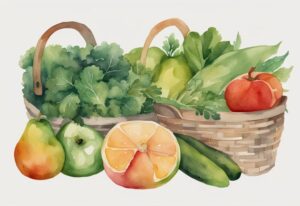

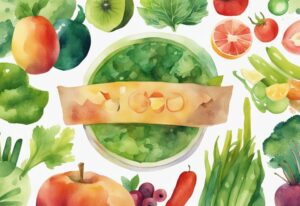
Post Comment